I’ve heard a lot about them.
The NR series is a treasure trove of different frame shapes, stiffnesses, and materials that interpret the concept of “speed” in different ways. Although the materials and technology of the time did not allow for extreme performance in every aspect of the racket, the variety of styles made this series of high-end products a real eye-catcher for those who are looking for playfulness.
I was impressed by the NR750 because it is at the bottom of the performance chart of the NR series, and even of the entire lineup of racquets, i.e. the racquet with the lowest empty balance point ever. I guess the gimmick itself is worth playing.

Parameters: 3UG4, de-bottomed, 93.20g total weight in used condition, 289mm balance point, 215mm mid-shaft length, medium stiffness, fluid box frame, 76-hole string bed, 9-3 point stringing groove, 25 lb. warranty, 24-26lbs stringing BS720.
The racket is available in old and new colors, with more former pros opting for the new color and the version recovered by the author being the old color, Jewel Blue. Although the color has been lost over the years and the frame has been cut and scuffed in many places, with some of the carbon fiber showing through, I still appreciate its slimmer and fresher original look. The upper part of the frame is an elegant blue-gray, unadorned, covering the range of 9-3 o’clock, which then transforms into the classic white primer with black alignment. nanoray is also in blue lettering, and there is also a floating nanoray on the white primer near the T-head. The whole beat is minimalist, but every part of it looks coordinated and durable enough to please the user himself.
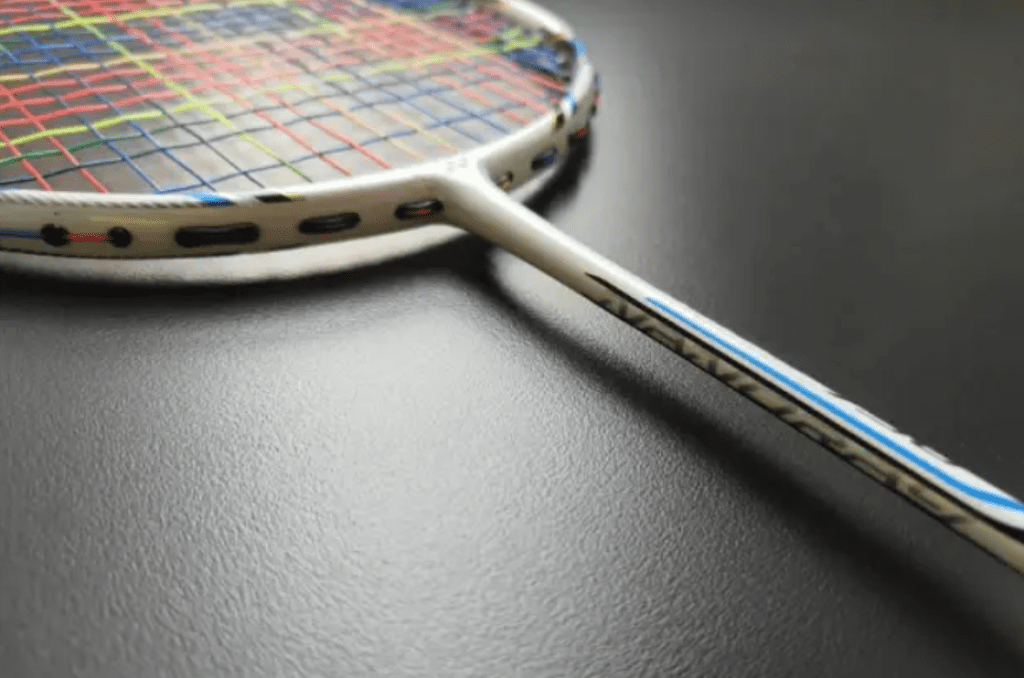
At first glance the racket doesn’t have a lot of speed attributes, the wind break in the frame is not noticeable, there is no sharp finish or slim area, and it doesn’t feel too different from the Bow series of fluid box frames, but when you pick it up you can see why it’s in the NR series. The head weight is very low, and the balance point of the 3U racket is not even 290 after de-bottoming is very exaggerated, as far as I can remember, only the later Polaris Princess 2 can be compared, and the old 9001 is excluded from comparison because the 4U specification is not correct.
With such a low swing weight, the NR750 feels very good when handling overhand shots, and naturally the NR750 doesn’t work as well as a head-heavy attacking racket where you can hit the ball into place with the potential energy of the swing alone, but I’m even more fascinated by the current feeling of being able to control the ball with my arms, with a quick swinging motion of the lead racket, a smooth and tight launch, and a not too difficult deformation of the mid-range stick, which is very willing to give up its own elasticity when it comes to the ball, which has already shown its charm in the warmup for the lofted shots. In the warm-up of the high ball, its charm has already been reflected.
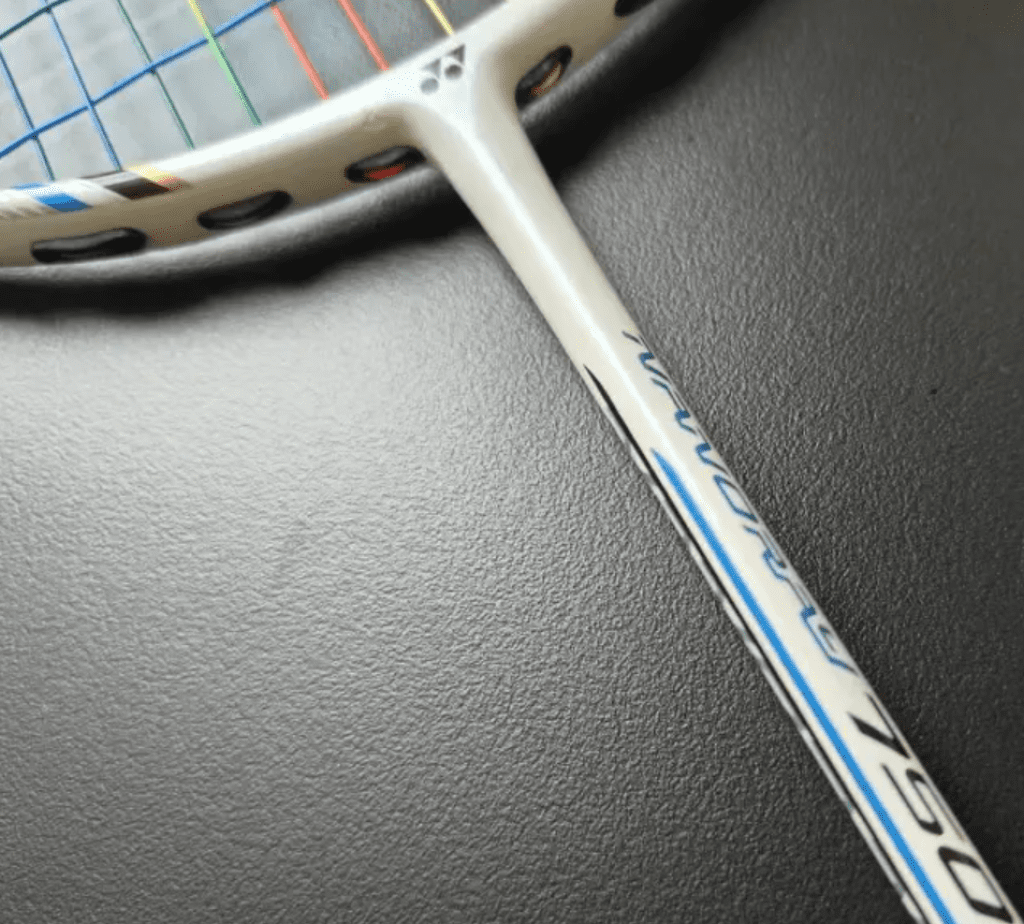
The secret is that with the NR750 the user will naturally get a relatively high point of impact, and even if the opponent is sometimes pinned down in the overhead area, with the pace not quite there, the racquet can assist with a very flexible power pattern to get a full shot out of the way with a leaning back position. Not to mention that in the case of running in place, compared to other racquets, it allows the user to get the active opportunities as much as possible, by constantly grabbing the high point can either be downward power down to improve the confrontation tempo, but also can play a change of path to make the opponent can not adapt to the means very flexible.
At the same time, whether it is to deal with backhand, underhand shots or to cope with consecutive kills, the NR750 has a performance that seems unparalleled at that time, when the big brother of the same series, the ZSP, because of the small frame of the low tolerance, and the second brother, the NR900, because of the high stiffness of the skills of the immature players in the handling of passive ball links quite a headache, the NR750 is really quite a long way ahead of the game.
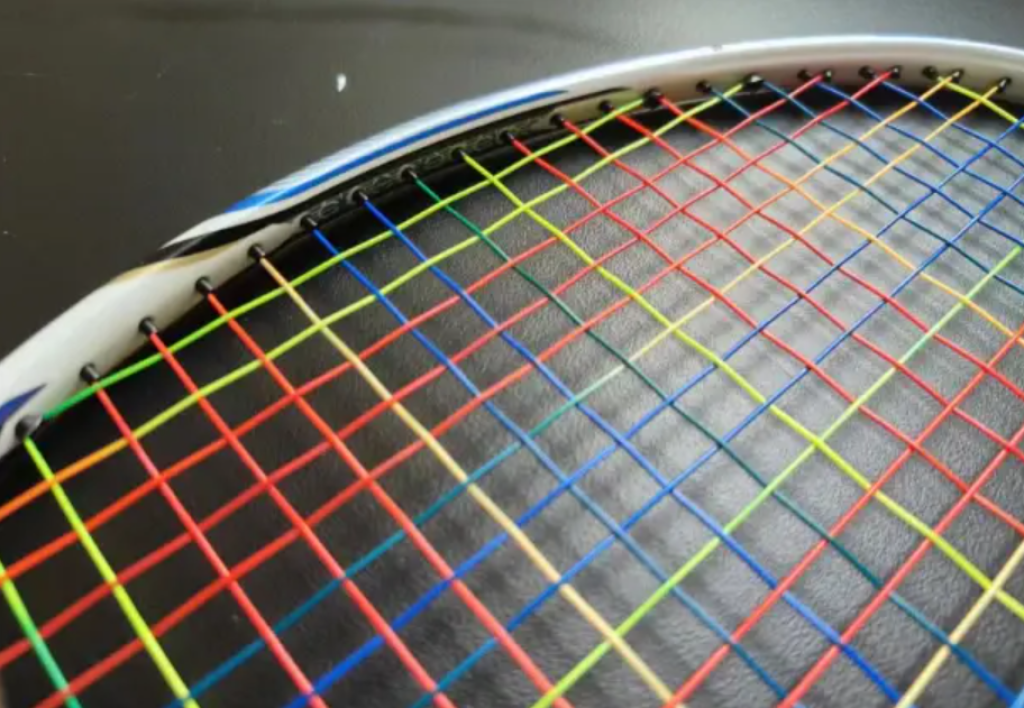
Of course, there will be players who are concerned about the lack of downward pressure, but the answer is no. As mentioned earlier, with aggressive running, the NR750 tends to get a higher point of impact, and naturally it’s easier to get a line to hit the ball down the line. Killing the ball with the NR750 doesn’t feel any different if there’s no problem with the power delivery and accuracy. The pointing of the racket face is also quite good, and the direction of the ball is basically the same as what the user expects, and the hasty return is not a problem due to the lack of torsion resistance, so the NR750 can be a bit of ARCSABER’s flavor, leaving aside the difference in the feel of holding the ball in the wire bed. If you really want to criticize it, it may be that the strength of the heavy kill is a little bit unable to keep up with the user’s most extreme explosive power, the mid-shaft has a tough feeling, the ball is fast but the feel of the catch is not too heavy, it is easy to be lent to bounce up, and it may not be as sharp as the other attacking rackets in terms of the landing point. But despite this, the NR750’s coherence ability is also the level of heaven, to keep the racket coherent after the racket, not in a hurry to move back, the opponent has been high on the top of the pressure can be kept, there will not be a chain of coherence is destroyed or physical strength can not keep up with the situation.
This kind of coherent feel, as well as the super head light on the center stick and racket frame, is the only one of its kind.
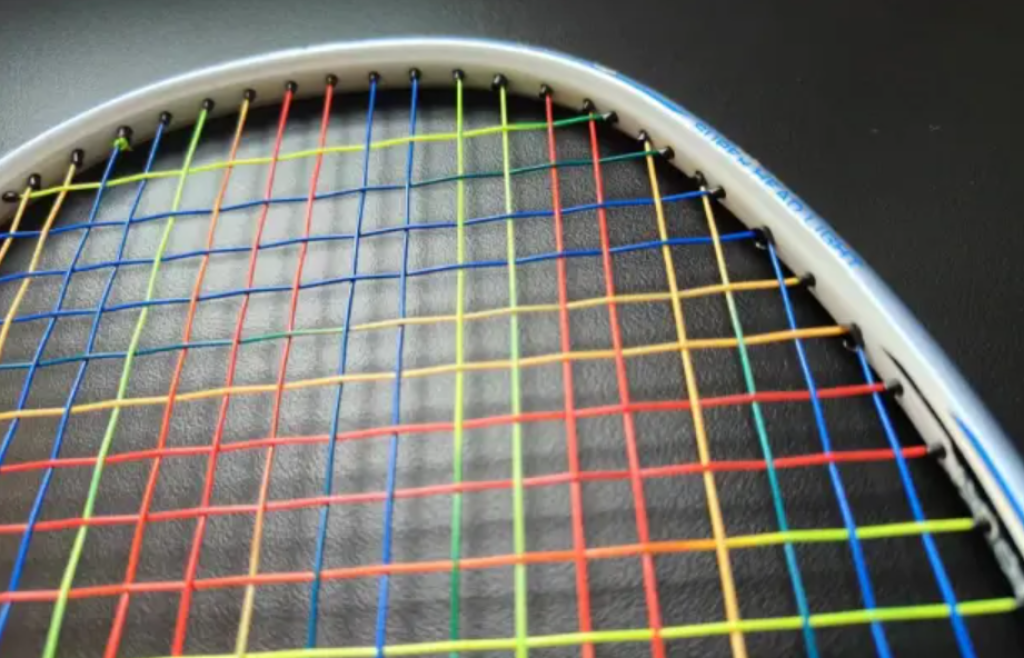
Speaking of which, the NR750 is also known as the “King of Flat Strokes”, and I have really felt the power of its flexibility, stability and good short power stroke in doubles. Because the swing weight is low enough, sometimes it can barely hold a beat against the balls coming from the right shoulder, right chest and right armpit, as long as the reaction speed can keep up with it, it’s not a problem. Similarly, when the opponent tries to hit a wide-angle change of direction, the NR750’s ability to get farther forward means that the opponent’s shot can often be intercepted before it reaches the distance where he or she needs to turn his or her hips to catch it. However, just from a flat block perspective, there are many racquets out there with lower swingweights and better flex that offer a better experience, such as the “flat” 9001.
But that’s irrelevant, all things considered it’s an attractive top-end racket that can play both singles and doubles, and I can even recall Eddie Hu’s amazing backhand return against Kento Momota. Its overall performance can’t be said to have an extremely high ceiling, but it’s certainly very fun to play with, and it’s a racquet that has a very wide audience, so I’m not sure what to make of its relatively low popularity anymore.
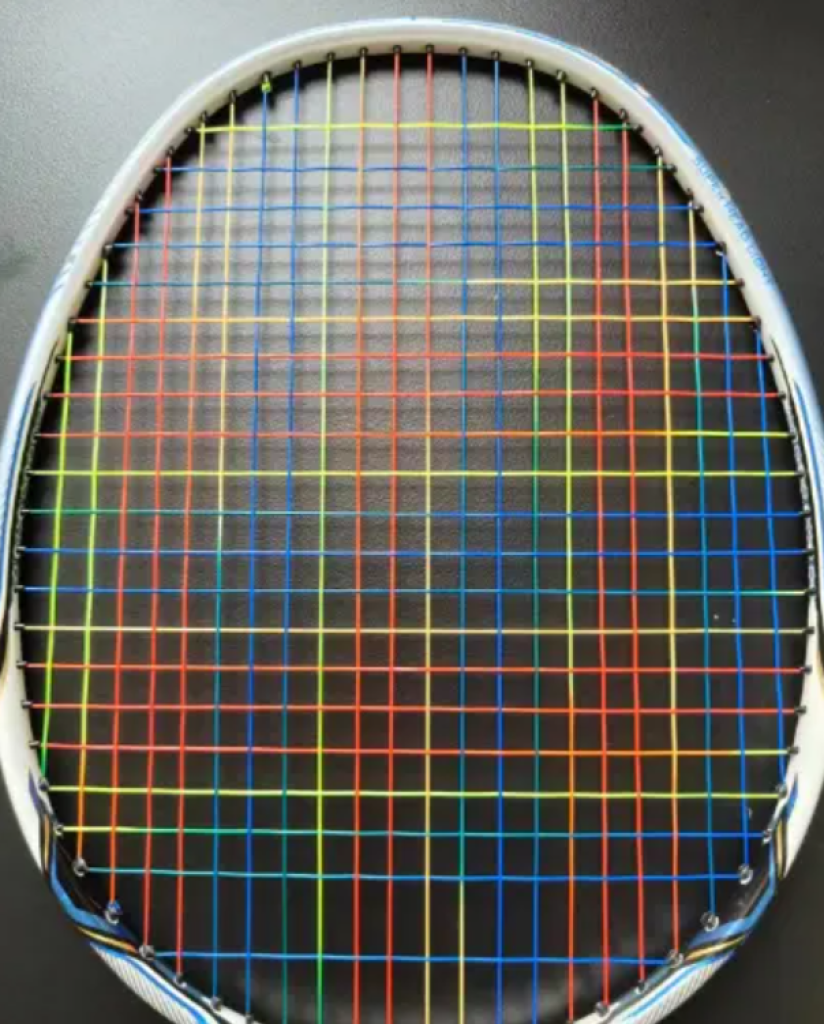

Leave a Reply